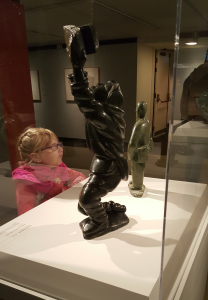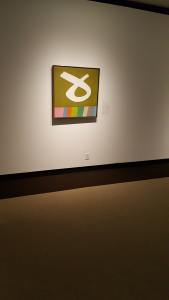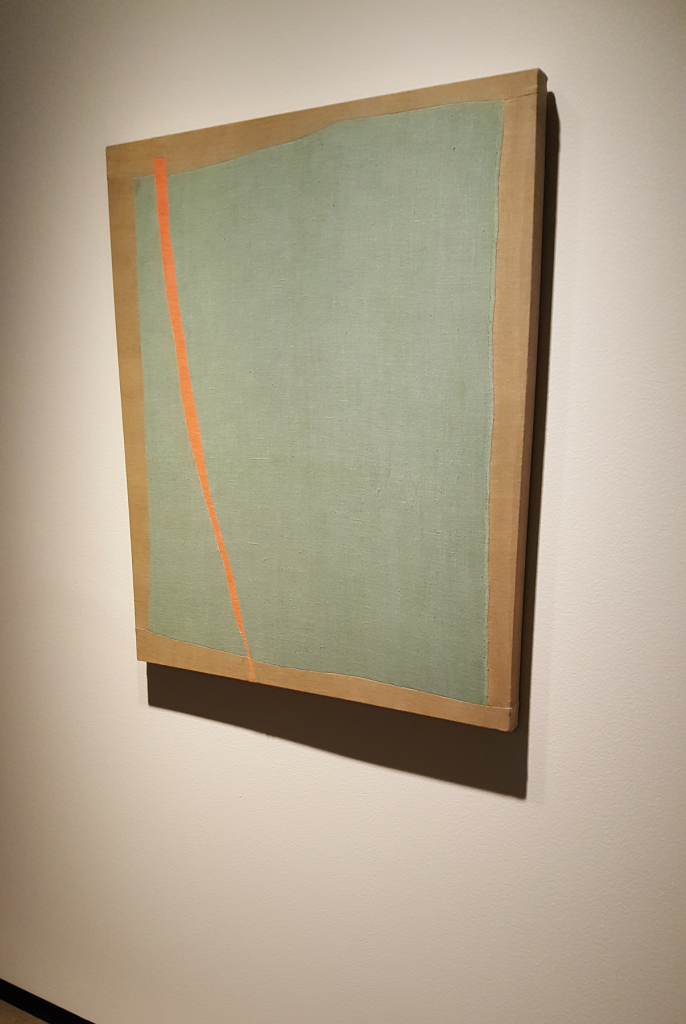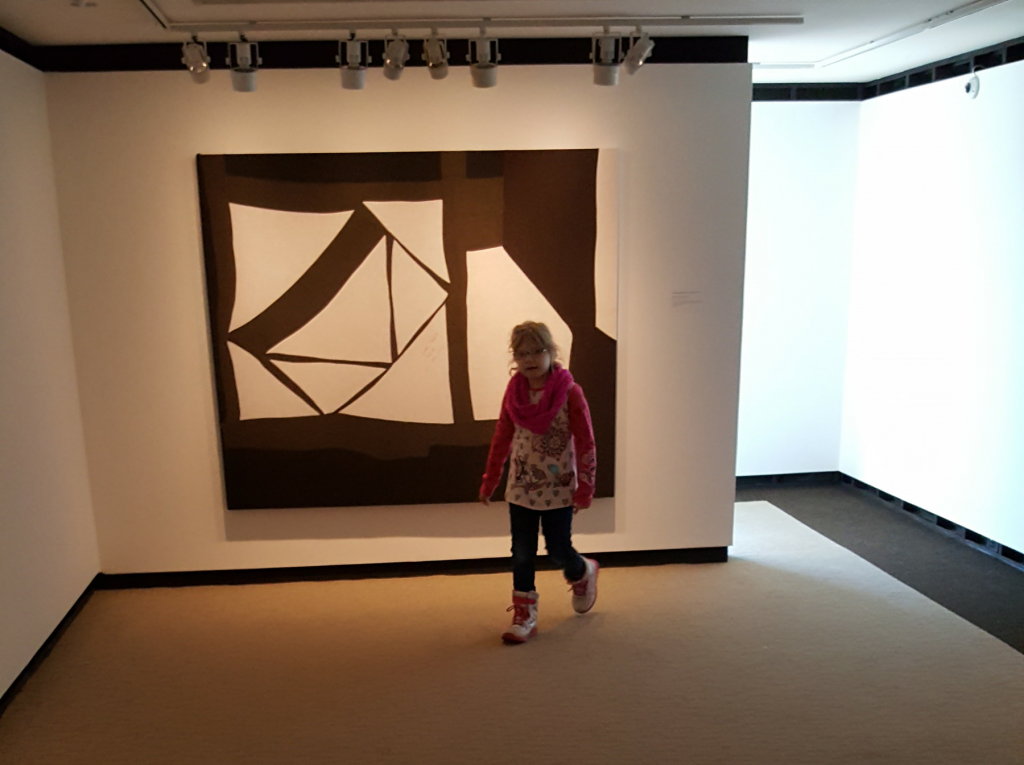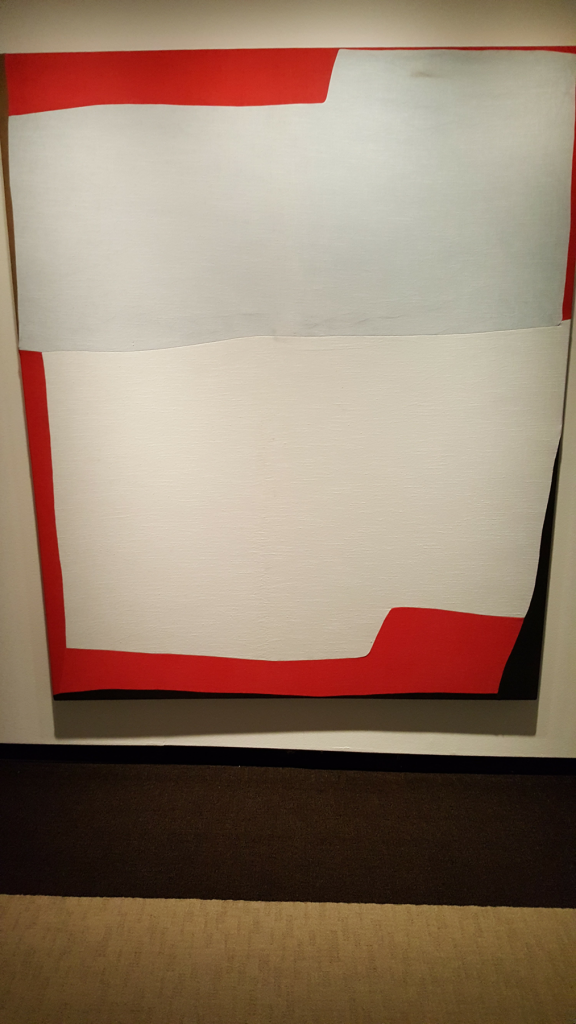How to make the most out of a gallery visit with a preschooler.
Yellow triangles, green circles, red boxes, a horizontal lightning bolt in brown hues, a turbulent mesh of ice, clouds, pain and anxiety all painted in deep, hoars colors would leave most grownups perplexed. “This painting is all about finding yourself when you feel lost. It’s called The Navigator,” asserts my five-year-old, admiring Abstraction 119 by Lawren Harris in the Contemporary section of McMichael Art Gallery.
Abstraction 119, Lawren Harris
No, I am not delusional, my enlightened conversations about abstract art with a preschooler are real, not imaginary. No, she is not a genius. Yes, taking your child to an art gallery can be an eye-opener with some prior planning, and I am happy to share tips and ideas that helped us make the most of it.
Start with some basic rules. No running. No touching. Only quiet conversation. Respecting other visitors’ personal space. No wedging your way in front of others.
Give your child some control. While they get to choose which way to go and which paintings to observe, you can introduce the concepts you feel your child is ready to absorb. We started with the basics, and I pointed out which paintings used warm colours and which were predominantly cold. A discussion of portrait, landscape and still life might be the next step.
This one had to be circled a few times before she could make sense of it. Eventually she said “I got it mom. It’s called a student is happy he learned to read.”
Find hidden stories in the paintings. I asked Diana to describe what she saw in two large landscapes. While I saw grey rocks, brown tree trunks, yellow foliage, murky water and a heavy November sky, the silly five-year-old opened my eyes to a whole new scenario. In her version, the rocks were not just grey, but invoked a spectrum of hues from black to yellowish-grey to the colour of stale lunch (don’t ask me where she ever saw one of those) to the colour of dad’s hair. The river was full of rhythm and movement and the foliage ranged in colours from orange to baby pink. Then I asked her what was going on behind the trees. I got a lovely, detailed story with squirrels, bunnies and insects all interacting in a complicated social and economic web with each other.
This picture was about a thief running from a bank with the sack of stolen money. When I asked what about this painting revealed such a plot, she explained. “The murky green background is a sign that something illegal is going on, and the streaks of colour at the bottom mean he is running away.”
Give the paintings your own names. The best part of the visit began when I asked Diana to name the abstract paintings we saw. The rest of the visit all we did was walk from room to room as Diana named every work of art explaining her reasons for each name and the hidden messages intended by the artist. Some of her interpretations left me speechless.
Do not argue or criticize. I did not even tell her the real names of the works. Children need to develop confidence in their own ability to understand art.
And if you are still reluctant to go, just think of the boundless bonding opportunities art offers. At the end of our visit I felt like my daughter and I had exchanged gifts. I gave her the confidence to understand and share the emotions she experienced. She gave me a free pass into her inner world, and through her wit and imagination, loosened the boundaries of mine.
McMichael Art Collection, known for its abstract landscapes, rigid lines and intense moods, may not be the place you would think of to introduce a child to visual art. Nonetheless, our day was filled with mutual enlightenment, and I recommend it with full confidence. You may learn something new from your child and he or she might surprise you with insight you didn’t know they had.
Wishing everyone happy gallery roaming with your children.
Maria Gurevich


